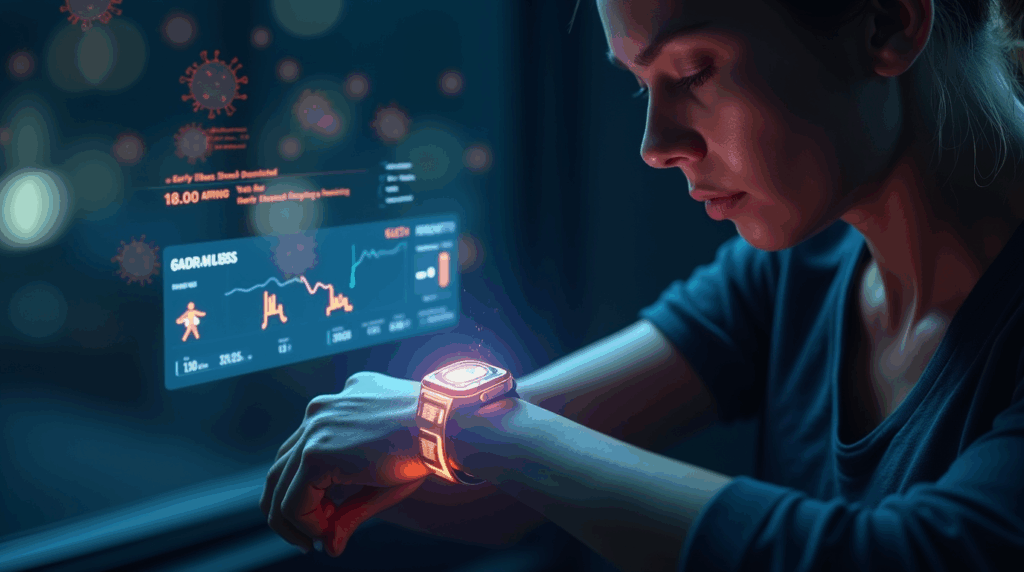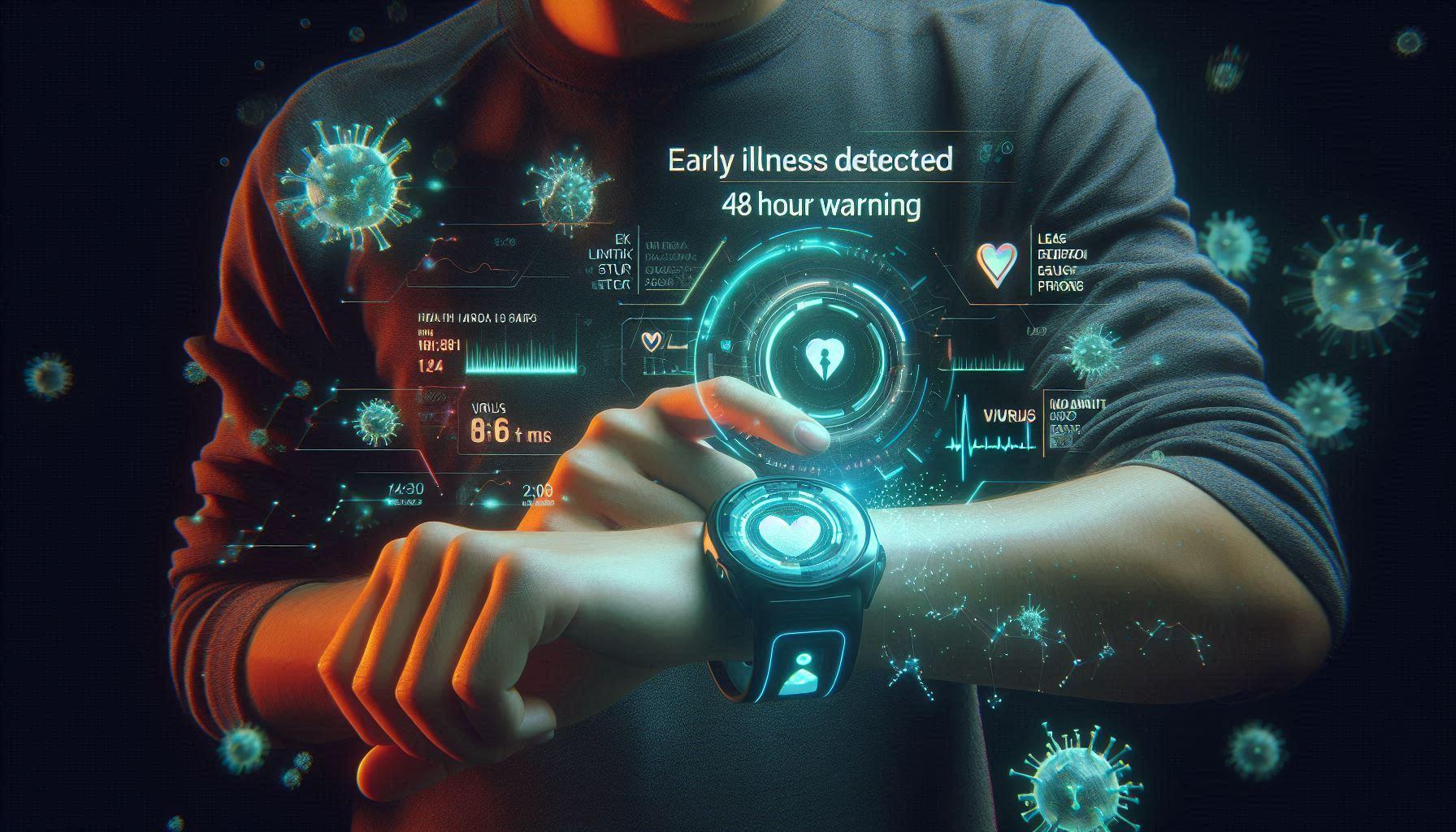Fitness trackers and smartwatches may soon be able to predict illnesses like COVID-19, flu, or even the common cold before users feel symptoms, according to peer-reviewed studies and tech companies exploring AI-driven health forecasting.
Devices like the Whoop 4.0, Apple Watch, and Oura Ring already detect subtle physiological changes that signal illness—but researchers say true pre-symptomatic prediction could arrive within years.

Wearables Edge Closer to Predicting Illnesses Before Symptoms, Research Reveals
A 2023 study published in JAMA Network Open found that wearable data (resting heart rate, heart rate variability, and skin temperature) flagged COVID-19 infections an average of 2.5 days before participants reported symptoms.
Similarly, a 2020 Nature Biomedical Engineering study showed wearables could detect influenza and Lyme disease early by analyzing deviations from baseline health metrics.
Whoop, a leader in recovery-focused wearables, has integrated “Illness Probability” alerts in its app, which uses machine learning to warn users of potential infections based on elevated nighttime respiratory rate and heart rate deviations.
While not a diagnostic tool, the feature has shown 72% accuracy in retrospective studies for signaling illness.
Apple is also investing heavily in predictive health: A 2023 patent revealed plans for an AI-powered “fever prediction” feature using body temperature trends from the Apple Watch.
Meanwhile, Oura Ring’s “Sickness Detection” algorithm tracks similar biomarkers but stops short of forecasting illness before symptoms.
Challenges Remain
Experts caution that widespread illness prediction isn’t yet foolproof. “False positives are a concern,” says Dr. Eric Topol, director of the Scripps Research Translational Institute. “But the science is promising—we’re moving toward wearables acting as early warning systems.”
Privacy and regulatory hurdles also loom, as the FDA has not yet cleared any wearable for pre-symptomatic diagnosis.
The Future of Wearable Health Tech
Companies like Whoop and Fitbit (owned by Google) are racing to refine AI models with larger datasets. Stanford University’s Pandemic Wearables Project aims to create open-source algorithms for early outbreak detection.
If successful, future wearables could notify users to isolate or seek testing before they unknowingly spread infections.
For now, the tech remains supplemental—but with rapid AI advances, “48-hour illness prediction isn’t science fiction anymore,” says Topol. “It’s a matter of when, not if.”
Sources:
- JAMA Network Open (2023): Wearable Detection of COVID-19 Before Symptoms
- Nature (2020): Pre-symptomatic detection of COVID-19 via smartwatches
- Whoop’s Illness Detection: Whoop Blog on Respiratory Rate & Health
- Apple’s Fever Prediction Patent: US Patent US20230156905A1
